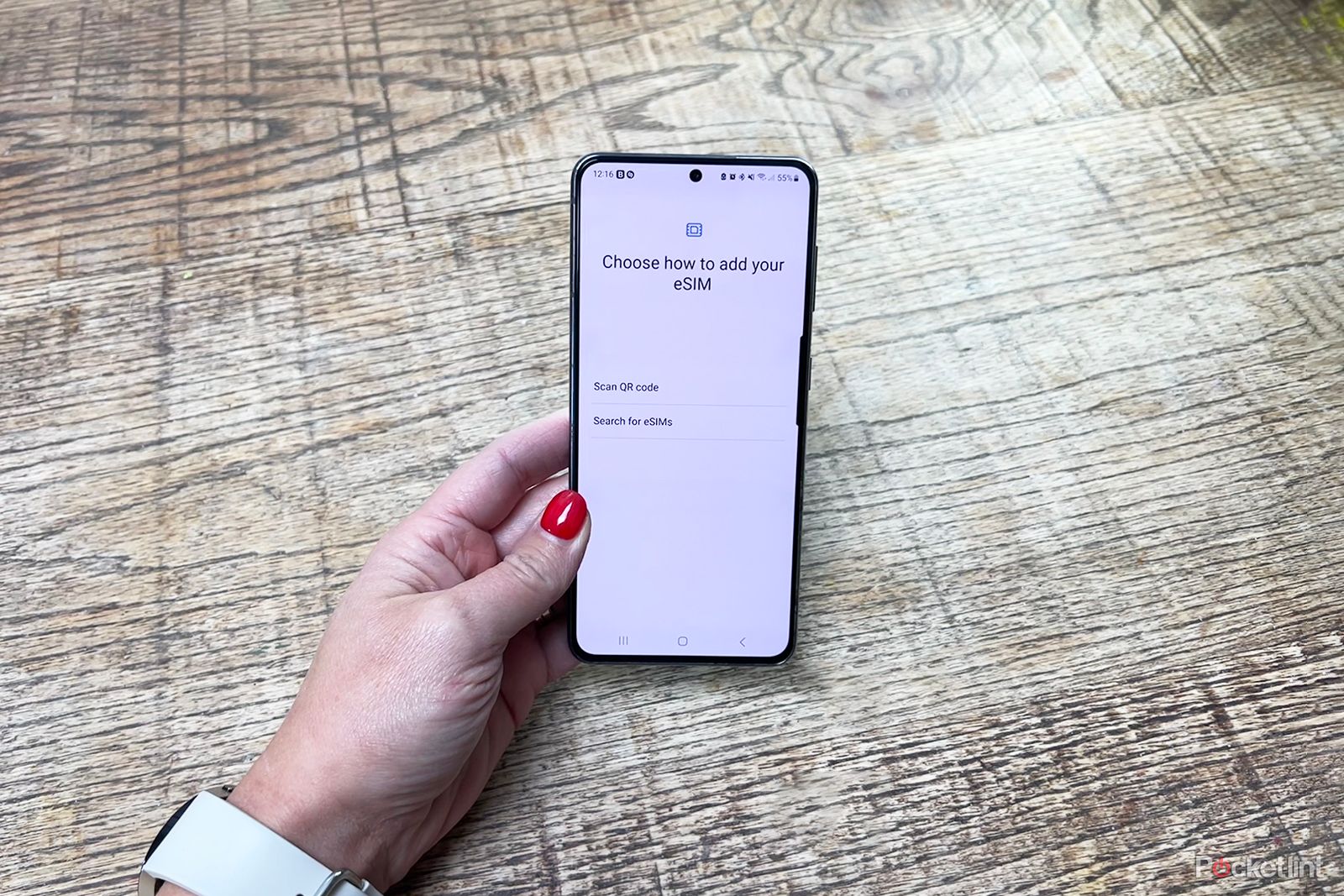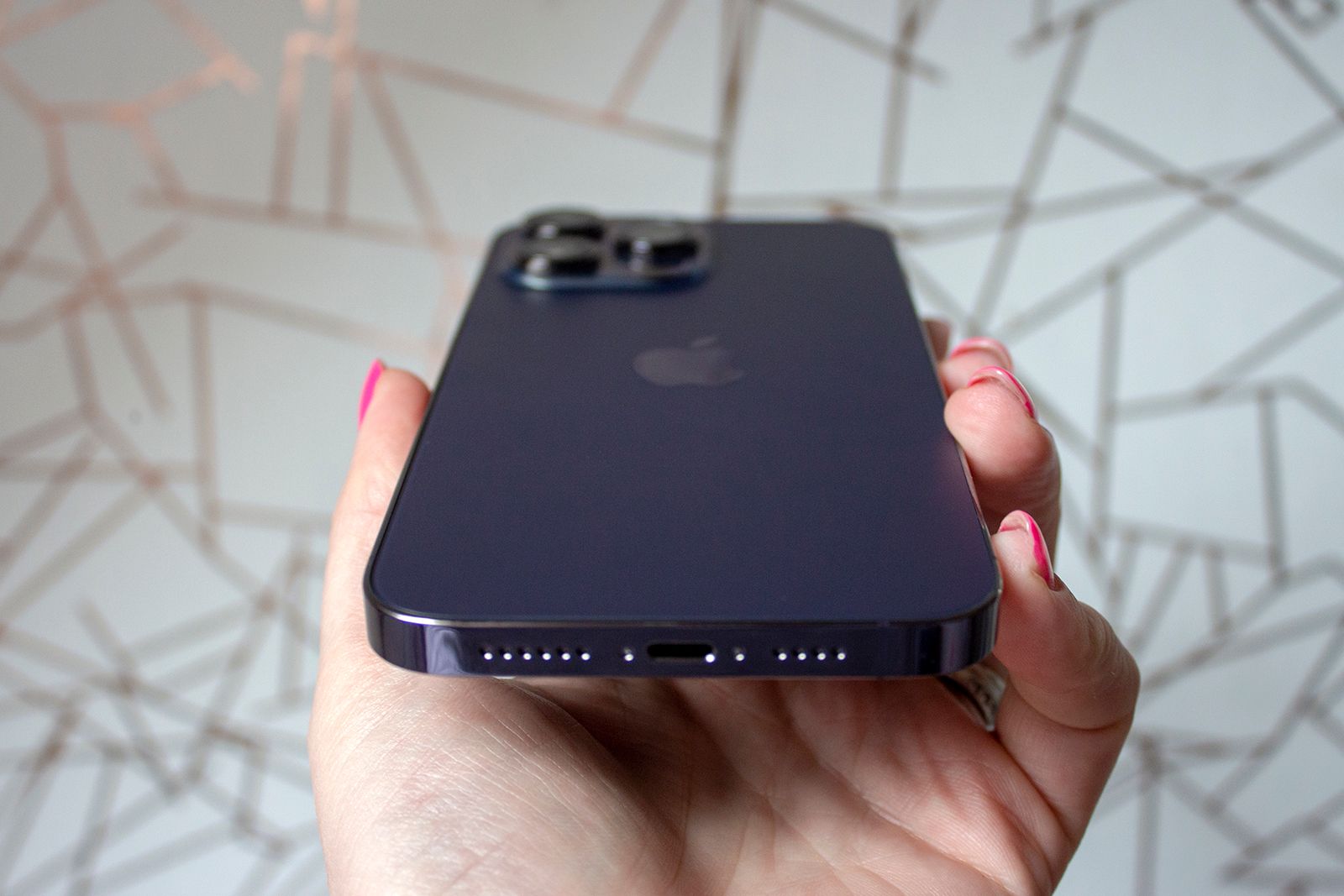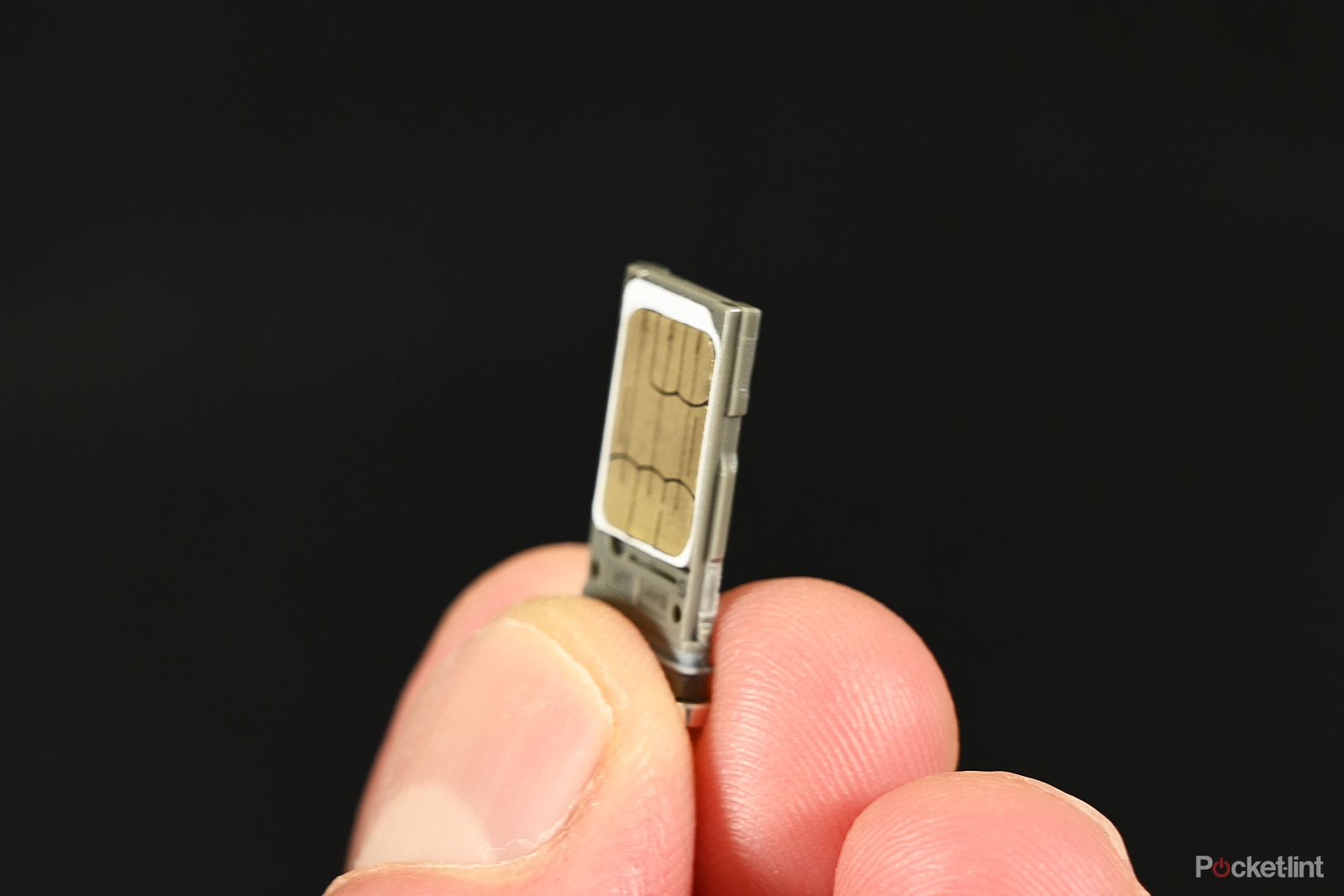Key Takeaways
- SIM cards contain important information about the user, such as phone number and allotted services, and connect the phone to the network.
- SIM cards have evolved over time, becoming smaller and more advanced in functionality.
- eSIMs and iSIMs eliminate the need for physical SIM cards, and commercial adoption of iSIMs is still in progress.
The only times you ever really think about SIM cards are when you’re setting up a new phone (perhaps at a new, more affordable carrier) or traveling internationally and needing to switch to a local wireless service provider. You may know that SIMs give you access to the carrier’s network with all the stipulations stated in your plan. But if you’re looking for an actual 101 on what these little bits of metal and plastic are and how they do the things they do, you’ve come to the right place.
How to insert or remove a SIM card on most phones: A step-by-step guide
SIM cards are important to connect your phone to its network. Here’s how to remove and insert SIM cards on your smartphone.
What exactly is a SIM card?
Subscriber Identification Modules or SIMs are computer chips that contain information on who you are, to the network (and other networks across the globe) and the service you’ve been assigned – including your phone number and how many voice minutes, texts, and how much data you’ve been allotted.
The chip and the transistors inside it are made of a mix of silicon and other metals, with the outer surface plated in gold for optimal contact with the SIM reader inside your device. The wireless industry also terms SIMs as Universal Integrated Circuit Cards or UICCs.
The ‘card’ bit of a SIM card is just PVC plastic and is there solely to align the chip contacts with your phone’s SIM reader. For that reason, you could shave off the edges of a Micro-SIM card and have it work inside a device that takes Nano-SIMs.
A quick history of SIMs
German technology firm Gieseck+Devrient claims ownership of the first patent related to SIMs, having applied for it in 1968 (source: Google Patents). The chip in your debit and credit cards descend from the same patent, by the way, and they fulfill more or less the same purpose in identifying who you are to financial institutions and the merchant. G+D also claims to be the first vendor to bring chips into the mobile communications space, selling them to a Finnish carrier in 1991 – these are what we’ve come to know as SIMs.
When it comes to size, the original SIM cards measured more than 3 x 2 inches – nearly the size of a credit card. But as technology advanced and components got smaller, you saw Mini-SIM cards, which stepped things down to about 1 x 0.6 inches. Micro-SIM cards further cut real estate down to approximately 0.6 x 0.5 inches. For about the past decade or so, phones have been using nano-SIM cards, which are approximately 0.5 x 0.35 inches.
What exactly does a SIM do, and how?
SIMs, being programmable, have served many purposes over the years. Foremost among feature phone users was the ability to store contact information and the contents of SMS conversations for easy access and continuity. They still theoretically can with their hilariously small storage space of up to 256KB, but modern smartphones have obviated that function by storing that information in their more sizable storage disks and also backing them up over the internet onto a cloud service like Apple’s iCloud, Verizon’s mobile accounts, or Google One.
Of late, most SIMs’ active utility serve telecommunications by identifying the user. Without getting into the weeds, a SIM stores certain identifiers – the biggest among them are the ICCID (Integrated Chip Card Identifier), which helps the network track the module it has issued, and the IMSI, or International Mobile Subscriber Identity, to enable customer referencing on a global scale – along with an authentication key that grants the user recognition and access in any given network.

How eSIM works on Android: Everything you need to know
What is eSIM? And what does it mean for you and your Android smartphone?
An authentication key, in tandem with the identifiers, helps prevent malicious actors from spoofing your SIM because the key stays with the card and isn’t shared openly like the identifiers are. The only time a key is put into use is when a device powers on and needs to sign onto a network. The network issues a challenge with an expected answer that can be obtained by applying the key to it. If the SIM sends back the correct answer, access is authenticated.
SIM cards can also report location data back to the network based on the towers with which the phone is connected. It’s nowhere near the granularity that GPS data provides, but it’s something. If you’re looking to pencil out a few more details on the items SIMs can carry and execute, Mint Mobile has a surprisingly nifty post.
What are eSIMs and iSIMs?
Remember how we talked about SIM cards shrinking in size? Well, phone makers have been looking to get rid of the SIM tray and even the SIM to make room for other more important parts. In 2022, Apple debuted the iPhone 14 series in the United States as its first without physical SIM support. Instead, you could only access a mobile wireless service via the embedded SIM inside the device or what the industry calls an eSIM.
We have a full article on what eSIMs are, but to give a crash course, you’re still dealing with a physical chip doing all the work it usually does, but you no longer have the ability to change it out, because it’s been soldered to the motherboard of the device.
That change alone has cascaded many others in how consumers buy and initiate wireless service, as well as how manufacturers and carriers secure crucial SIM information. At the end of the day, instead of switching out a pad of plastic and metal to change your service, you download all the data you need to access the network onto the SIM. We’d be remiss if we didn’t mention that eSIM support spans back several years across iPhones, Androids, and other phones alike.

What is an eSIM and what does it mean for your new phone or Apple Watch?
Apple went eSIM-only with the iPhone 14 and iPhone 14 Pro – here’s everything you need to know about the SIM-free tech.
Integrated SIMs, or iSIMs, take this evolution to its natural conclusion by having all the SIM data stored and handled from within a secure enclave included within the existing component set of a device, obviating the need for a separate chip. This will likely see your SIM data living inside the Titan M2 chip on a Google Pixel phone or on Galaxy devices, protected by Samsung Knox.
The GSM Association, a wireless industry trade group, has issued a specification for the remote provisioning of SIMs. Qualcomm and its iSIM tech partner Thales say their industry-first iSIM capabilities inside the Snapdragon 8 Gen 2 comply with that specification. However, the security of the production and operation of iSIMs will still need to be proven up to a satisfactory standard, so it’ll be a while before we see commercial adoption.
Trending Products

Cooler Master MasterBox Q300L Micro-ATX Tower with Magnetic Design Dust Filter, Transparent Acrylic Side Panel, Adjustable I/O & Fully Ventilated Airflow, Black (MCB-Q300L-KANN-S00)

ASUS TUF Gaming GT301 ZAKU II Edition ATX mid-Tower Compact case with Tempered Glass Side Panel, Honeycomb Front Panel, 120mm Aura Addressable RGB Fan, Headphone Hanger,360mm Radiator, Gundam Edition

ASUS TUF Gaming GT501 Mid-Tower Computer Case for up to EATX Motherboards with USB 3.0 Front Panel Cases GT501/GRY/WITH Handle

be quiet! Pure Base 500DX ATX Mid Tower PC case | ARGB | 3 Pre-Installed Pure Wings 2 Fans | Tempered Glass Window | Black | BGW37

ASUS ROG Strix Helios GX601 White Edition RGB Mid-Tower Computer Case for ATX/EATX Motherboards with tempered glass, aluminum frame, GPU braces, 420mm radiator support and Aura Sync










